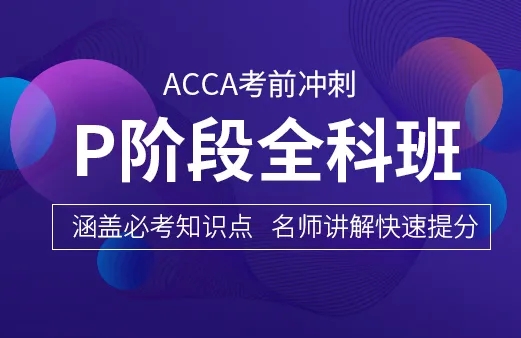ACCA APM知識點Benchmarking中Types of benchmarking的內(nèi)容有哪些?ACCA P5看起來不難,但是學(xué)起來并不是很簡單。掌握知識點很關(guān)鍵,跟著小編一起來學(xué)習(xí)。

Definition: Benchmarking involves gathering data about targets and comparators such that current levels of performance (especially underperformance) can be identified and evaluated against best practice.
注意的點:未必是同一行業(yè)公司,可以是有相同部門非同一行業(yè)公司。
Types of benchmarking的內(nèi)容主要可以從以下兩點分析,公司內(nèi)容對比與行業(yè)對比:
一、 Internal benchmarking 【公司內(nèi)部對比】
Internal benchmarking involves comparing one operating unit or function with similar ones within the same organisation
優(yōu)點:The only approach possible if other companies treat their data as confidential, or if there are no suitable external companies to compare with.
外部公司資源不易共享(confidential), 或不存在與本公司類似的企業(yè)。
缺點:using internal benchmarking alone is unlikely to lead to innovative or best-practice solutions, because there is no scope to learn from other organisations
無法提升和學(xué)習(xí)其他公司經(jīng)驗。

二、 Industry benchmarking 【行業(yè)對比】
1、Competitor benchmarking:
Information is gathered about the performance of direct competitors.
From a strategic perspective, the value of competitor benchmarking is that if an organisation can match a competitor's performance in an area which was previously a core competence for the competitor, that area is no longer a source of competitive advantages for the competitor.
優(yōu)點:If an organisation can match a competitor's performance in an area which was previously a core competence for the competitor, that area is no longer a source of competitive advantages for the competitor
通過對比搶占競爭者的競爭優(yōu)勢。
缺點:A competitor is unlikely to disclose information about a process or area of performance which it knows relates to an area of competitive advantage for it
外部公司資源不易共享
如何解決?Reverse engineering(逆向工程)
2、Non-competitor benchmarking:
This is particularly relevant for not for profit organisations where, for example, it could be useful to compare exam success rates between schools, or mortality rates between hospitals.
優(yōu)點:These organisations do not directly compete with each other, the exchange of data should be more open than in competitor benchmarking
容易獲得數(shù)據(jù)
缺點:Demotivation. Instead of using benchmarked results as a motivating factor to improve performance, managers might become defensive and demotivated if they feel they are being judged negatively on results over which they have little or no control Inherent differences between industries.
閱讀排行
- 1 四大會計師事務(wù)所為何紛紛開啟“漲薪”模式
- 2 2025-2026 ACCA 深度指南:考綱變革、薪資真相與人才政策全解析
- 3 教育部通知丨“第三屆全國大學(xué)生職業(yè)規(guī)劃大賽” 正式啟動報名。
- 4 財經(jīng)人考ACCA可以選擇的崗位方向
- 5 財會專業(yè)四大就業(yè)方向,30類主要就業(yè)崗位,一篇文章全部告訴你
- 6 ACCA證書在國內(nèi)有用嗎?ACCA證書在國內(nèi)含金量高嗎?
- 7 ACCA是什么?報考條件及費用全解析
- 8 哪些專業(yè)適合考acca證書
- 9 ACCA考試報名條件,報名時間,報名費用!
- 10 中國航母福建艦正式交付,從財務(wù)視角分析航母建造的財務(wù)與管理。












